
Hello there! Today on Masterpiece Monday, we are going to talk about how artist show space with South Beach Bathers by John Sloan. I’ve been using this artwork for years and years to teach about choices artists makes to show depth in their artworks.
Take a look and ask your student(s):
How does this artist show space/depth? How do we know that the people at the front are closer to us than the people in the background?
This is a great exercise in looking and in figuring out all the things the artist has to do to convince us that a place and the people are real. Make sure you have your kids think through all of the strategies the artist used before giving them any of the below information. The learning happens through discovery not through telling.
Strategies for Depicting Space in Art
- Position – The stuff at the bottom of the picture plane (the 2d space the painting occupies) is closer to us, and the stuff at the top is farther away. You can introduce art vocabulary words here–background, middleground, and foreground.
- Size – The figures that are close to us are painted larger than the figures farther away.
- Clarity – The figures that are farther from us are painted fuzzier and less detailed than the figures close to us. This is called atmospheric or aerial perspective.
- Value – The use of shading adds form to the figures and adds to the depth.
- Proportion – Proportion in art is the size of something in relationship to the size of something else. If something is “in proportion,” everything make sense to our eyes. The eyes are the right size on the face compared with the mouth, the hot dog is not too small or too big compare to the mouth, etc. Putting everything in the correct proportions makes the space believable.
- Overlapping – When you overlap something on top of another thing. It tells our eyes that the thing on top is closer. If Sloan would have painted the above picture with no overlapping and each figure with space around it, it would flatten the picture and remove the realistic sense of depth.
- Foreshortening – This is a way of shortening an object in order to make it appear as if it is coming out at the viewer in the artwork. Take a look at the arms of the woman standing. If you measure the arms, her left arm is shorter than the right. We know that her arms aren’t actually different lengths. Our eye sees her left elbow sticking out at us, and the artist understands how to manipulate his figures and proportions to show that to us.
- Linear Perspective – This is not a strategy covered in the artwork above, but I didn’t want to leave it out. Learn more about linear perspective over at Khan Academy.
Six Ways to Create the Illusion of Space
I love this video illustrating many of these strategies with simple drawings from Italian art teacher Miriam Paternoster.
Space and Perspective Lessons and Project Ideas
Now that you have discussed this work with your kids, here are some extension activities and lessons about depicting space from around the web.
- From Foreground to Background Lesson from the Getty Museum — This excellent lesson for upper elementary covers a lot of the above concepts in relationship to landscape painting. It has several resources and printables as well as focuses on a work from the Getty’s collection.
- Free-Fall Foreshortening Art – This is a cute art project good for upper elementary about foreshortening.
- Drawing Steps for One Point Perspective – A great step-by-step tutorial for drawing with one-point perspective with lots of pictures from . This is another great lesson for upper elementary and middle.
- Hear, Near, and Far Winter Trees – This is a great lesson on Deep Space Sparkle for the younger lower Elementary kids on perspective introducing the idea in very simple terms. The results are lovely!
- Perspective Drawing – A HUGE Collection of Perspective Lessons and Resources from the Incredible Art Department.
More About This Artwork
I filmed another video of me talking with my daughter about this artwork. That is coming later soon, and I will also talk a little bit more about this artist and artwork in that post. Warning: It is SO CUTE. 🙂
Want more elements and principles of art resources? Check out the below posts.
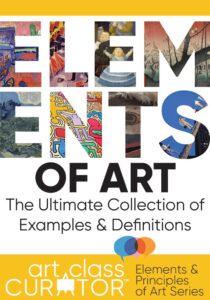





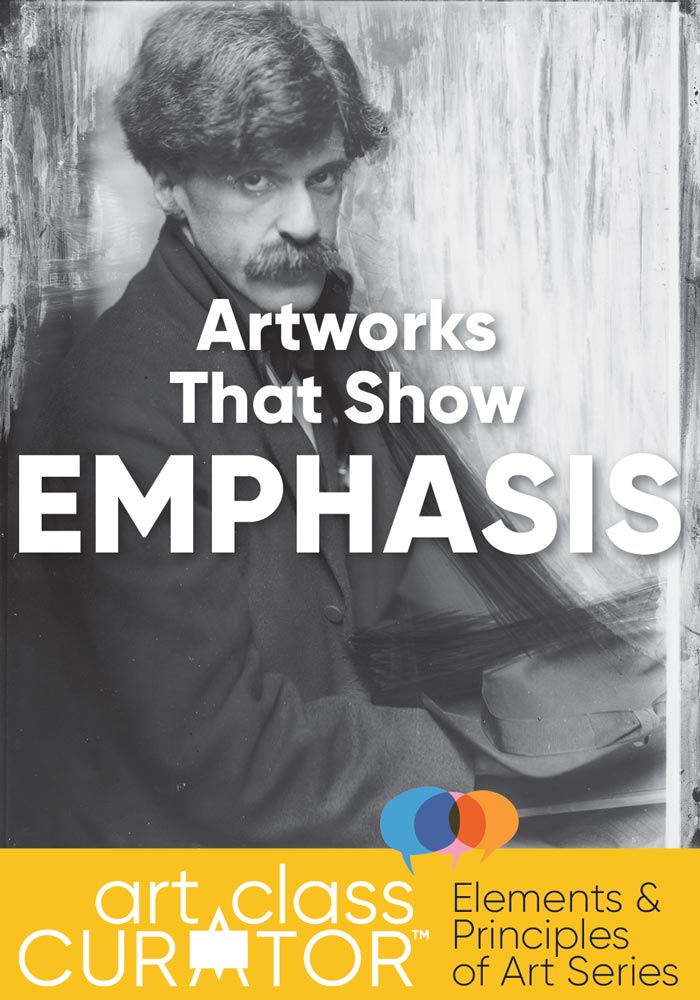

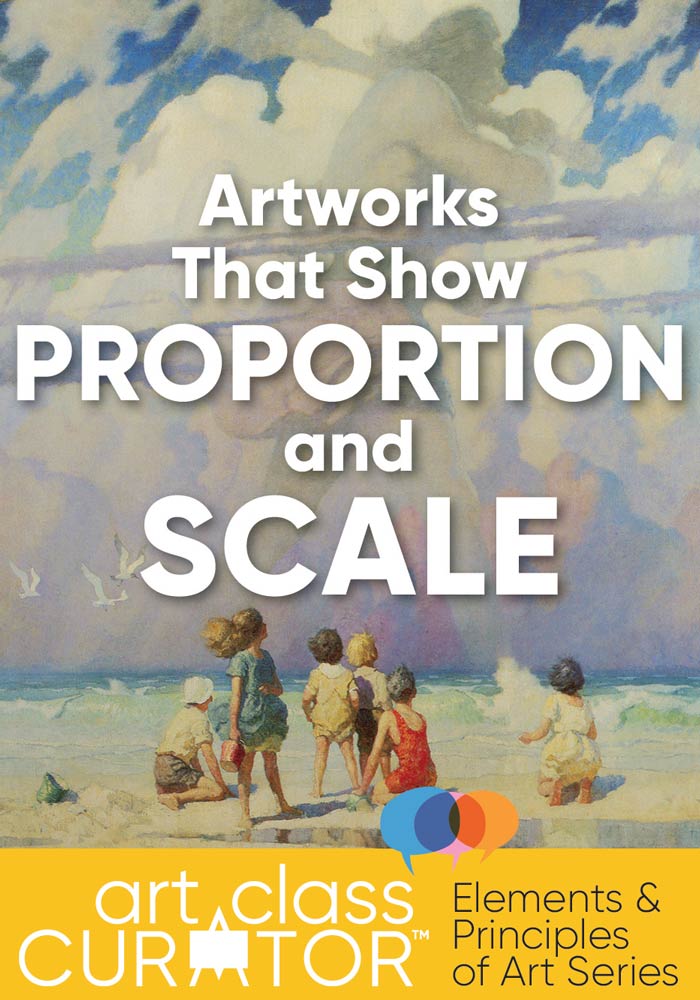

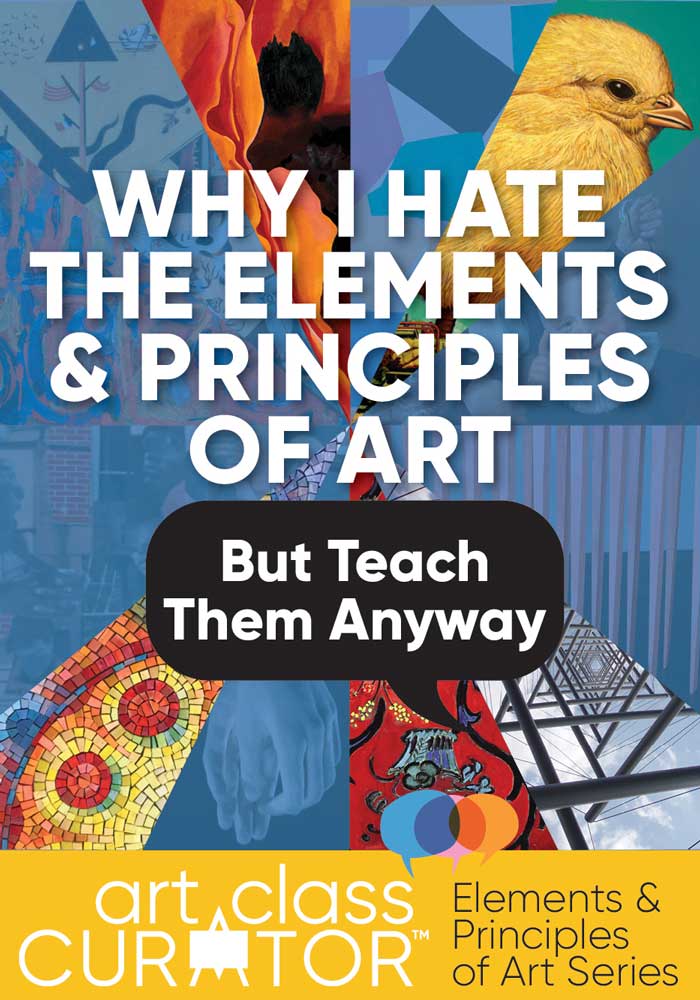

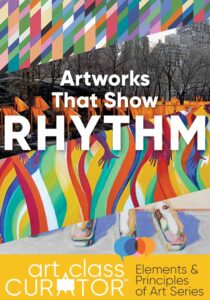

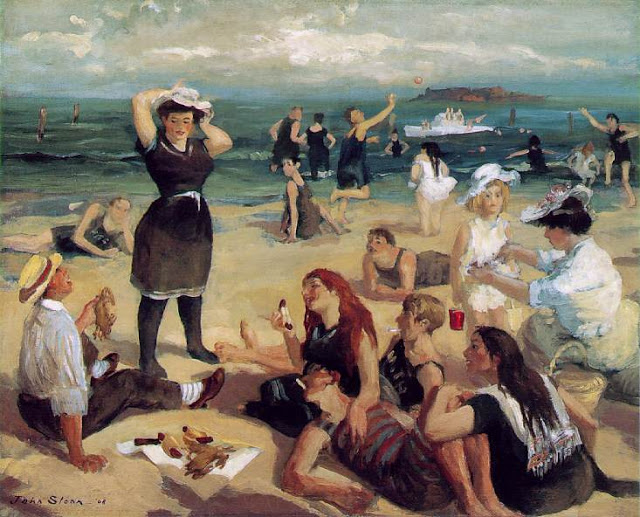
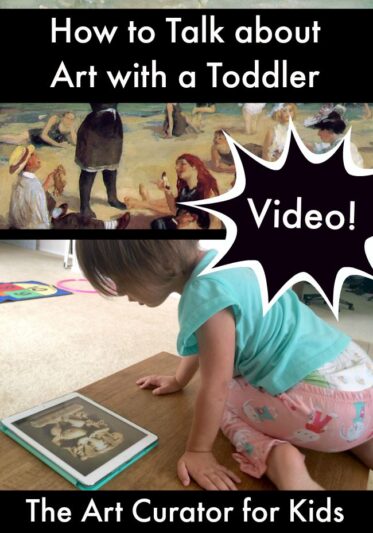



You just taught me some new things about art! I’m looking forward to sharing South Beach Bathers with my daughters when they come home from school. 🙂
Awesome! Let me know how it goes. 🙂
Thank you for this overview! I never took art when I was younger, so this is all new to me. Great post!
Thanks! That’s just what I’m trying to do–reach all the people who haven’t been exposed to art and show them how awesome it is! 🙂
I love this informative post! Now that I have some of the tools you suggested for high school kids for Christmas, I can play around. I saw this painting on a FB page yesterday. It feels as if I could be right there.
http://media-cache-ak0.pinimg.com/736x/dc/a7/d0/dca7d06aa528ab8c60a693e8c20478fc.jpg
“Knitting lesson”. Pierre Jacques Dierckx (1855-1947), Belgium
Ooh, that’s beautiful! I’ve never seen that one before. Thanks for sharing.
Have fun making your art! Feel free to share when you finish something. 🙂
You are amazing! I love your site and all the wonderful nuggets of information. Can’t wait to come back. Already signed up for your newsletter. Thanks for sharing your talents!
Aww, thank you so much! I feel like a celebrity just commented on my blog right now. 🙂
I love this! Y’all are two of my favorites in the art teacher world! Thank you both for helping out all of us!
Awww…You’re welcome!
Thanks for a great post! I used it this week with my first week of art classes. 🙂